Have you ever wanted a dreamy wedding veil or dazzlingly colored ballet garment, made from smooth wearable fabric? This is utterly surprising that the fabric you wanted as part of an exquisite wedding or dancing, named Tulle, is distinct from other fabrics in respect of components. To know more about What is Tulle Fabric? you can simply go through the entire article which takes only a few minutes.
Tulle fabric is commonly known as the webbing net fabric composed of a variety of natural as well as synthetic fibers. The common materials to make such fabrics are silk, nylon, cotton, and rayon.
Table Of Contents
What is Tulle Fabric?
Tulle is a fine mesh net fabric commonly used to make wedding gowns and veils. Being a lightweight, fine-made netting, Tulle fabric is well-made of a few variant fibers. Among them, polyester is one. For this fabric, polyester is the most used and rayon is the least used variant of fibers.
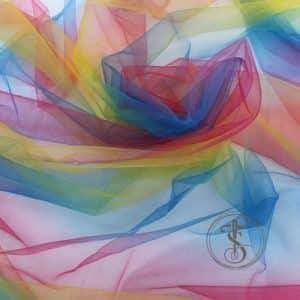
Besides, the fabric is called a ready-made product where we can find them dyed at home as well. This automated-made fabric has a flowy and delicate appearance in nature. As we have said before, because of the distinct features the fabric possesses, you can without any doubt, distinguish the tulle fabric based on the yarn size and hexagonal holes.
Tulle Fabric History
The term “Tulle” (pronounced as “Tool”) derives from the city situated in the southern part of France. The city is quite popular as the center of attraction for lace and the production of silk during the 18th century. Even, you can find the origin of netting fabric in this French city too.
You might have seen a ballet costume made from this fabric. As the fabric is ready-to-serve, the fabric plays an important role to use more in daily activities. Besides, the Garments Industry is one of the users of this netting fabric. To create a vibrant lacy look, the fabric is used on different occasions based on our needs. Because of the ‘netting’ material, even wedding or any other gowns look like puffed ones with multiple layers. This fabric became widely renowned when Queen Victoria used it on her as a wedding gown in the year 1840. Even today, Princess Kate Middleton’s bridal veil and underskirt were made of tulle including silk materialled.
What is Tulle Fabric Made of?
Tulle Fabric is made of silk, rayon, polyester, and nylon. We can find the fabric in wide bolts as 108 inches. If the fabric is created with 100% of silk material, keep in mind that the fabric costs higher than your expectation. There are also three alternatives- French, Italian, and English Tulle Fabrics. Silk tulle doesn’t become as puffy as you want in the case of polyester.
Tulle Fabric Properties
|
Fabric Name |
Tulle Fabric |
|
Manufacturing Materials |
Cotton, Nylon, Polyester, Rayon, Silk |
|
Fabric Durability |
Quite durable |
|
Fabric Breathability |
Yes |
|
Heat Retention Capabilities |
Low |
|
Fabric Stretchability |
Yes, Used in Stretch Illusion |
|
Moisture-wicking Capabilities |
Medium |
|
Prone to Bubbling |
None |
|
Hypoallergenic Feature |
Present |
|
Fabric Shine |
Sheen, glossy |
|
Fabric Drape Ability |
Better |
|
Water-Resistant Ability |
High |
|
Applications |
Decorative ornaments, bridal veils, gowns, lingerie, couture garments, and window treatments, petticoats, underskirts. |
Types of Tulle Fabric
Among diversified types of Tulle Fabric, we are going to feature some special ones with descriptions in the following section:
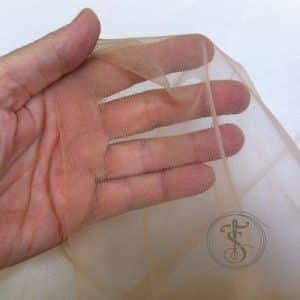
Bridal Illusion: Nylon, sometimes the blend of polyester-nylon is used to make bridal veils. The only advantage is its drape ability which is beautiful to witness.
_1700132522.jpg)
Nylon: The one which is ready to make at a low-rate price.
_1700132585.jpg)
Polyester: The one which is best used for crafting purposes.
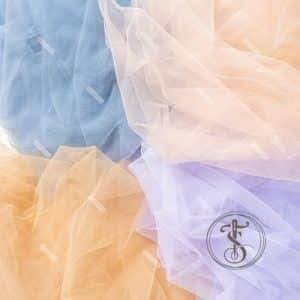
English: A tulle, made of full cotton with the construction of a hexagonal weave. In reality, this type is pretty durable.
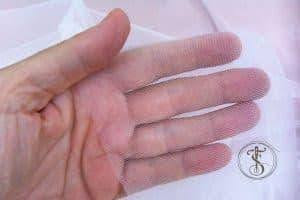
Stretch Illusion: The One which has been elastane-blended is an excellent fabric for the lining.
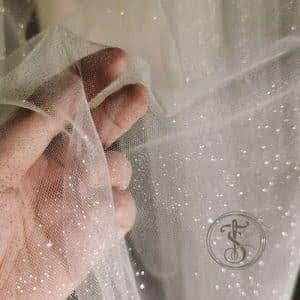
Glimmer: Sometimes, some fabrics work like shiny elements with sparkle features.
_1700132654.jpg)
Micro: Micro tulle used to have appeared as small holes with synthetic material used mostly in mosquito nets.
Silk: This type is so glassy to open up in the bridal attires.
Difference between Tulle and Netting?
You might be thinking of the differential factor between dress net and tulle. The only difference you can get is that dress net tends to be crispy, rough-to-touch fabric while tulle has been feathery with comparatively smaller holes. The similarity is that both fabrics have meshed one with an open weave. Net is widely used for craft-making décor items.
Applications of Tulle Fabric
Tulle Fabric is mostly called Bridal Veiling because of its usage in bridal gowns, wedding veils, fine-made lingerie, couture garments, party arrangements, craft projects, and decorative items. Even, though the fabric can be added in the sleeves part of the costume, under the dresses it is most widely used as an overlay. The colors which are popular in the shops for use are white, off-white, and peach.

There are other usages as well. These are:
1) Lining Tulle Fabric with Transparent one.
This fabric is the best used for the application of visible lining. The components in that case would be superior-quality polyester or satin ones.
2) Tulle with Embroidery
The fabric seems exquisite when it comes to embroidery usage. But you should be careful while taking care of this since the fiber can be destroyed. A water-soluble stabilizer may erase your worry about the embroidery case.
3) Tulle in Lingerie
These fabrics certainly provide more transparency in wearable items to have a causal effect in everyday life in respective of night and day.
4) Tulle Fabric for Decoration
Decorations have been another use of this fabric. For wedding decorations, these fabrics are used in flowers, ribbons, and costumes of weddings, even birth parties are not different so.
How to Take Care of Tulle Fabric?
Hand washing and dry cleaning are the only ways to keep the fabric comfy and dreamy. The use of a washing machine has the chance to damage the fiber of the fabric and may look faded. Excessive heat can melt tulle fabric very fast, so you must be very careful while using Iron. It would be best if one keeps ironing with low heat temperatures and keep moving the iron.
Final Words
Although there are some available tulle fabric types, all are not the same as always. Differences are mostly made in yarn weights and the sizes of the hole. Before buying such fabrics, make sure you get to utilize the fabric at its maximum rate. The exciting 3 features- the stiffness, the comfy wearable, and the elegant appearance make the fabric so easy to use in daily life. With a small cost of fortune, you can get such beautiful fabrics, historically enriched, for decorative and bridal attire purposes.





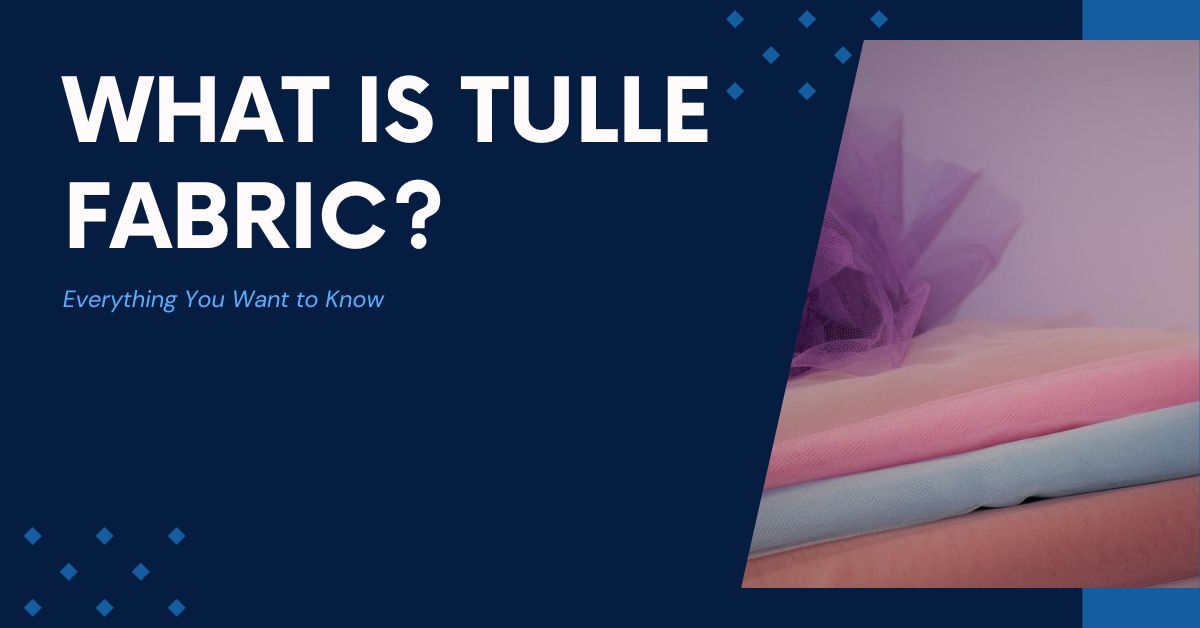

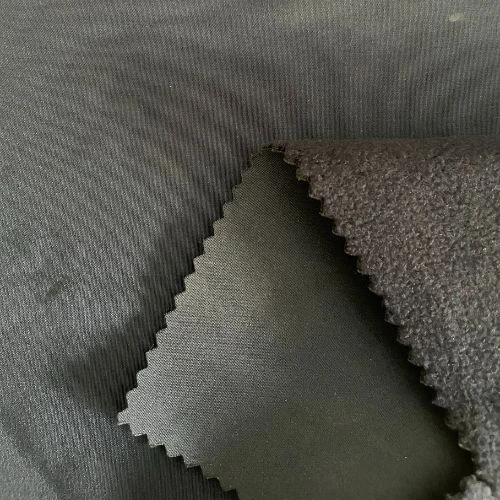
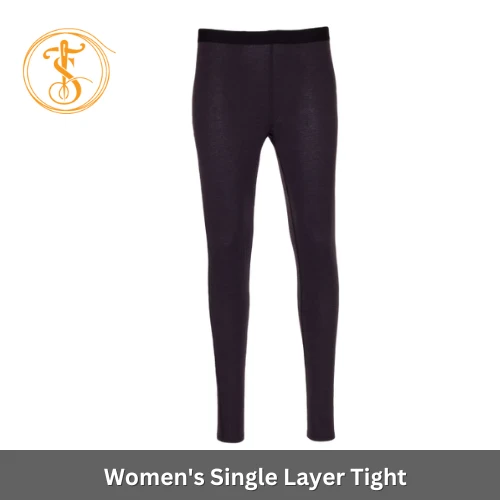
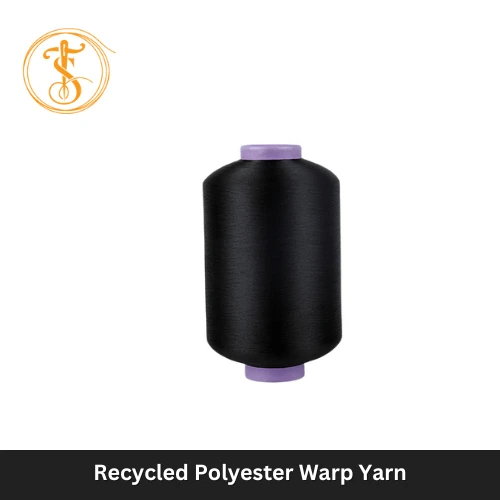
.webp)
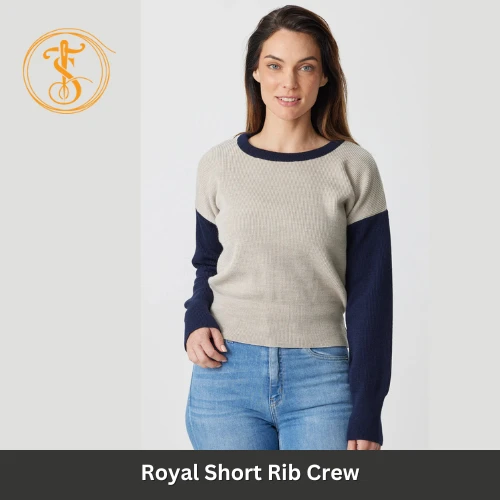
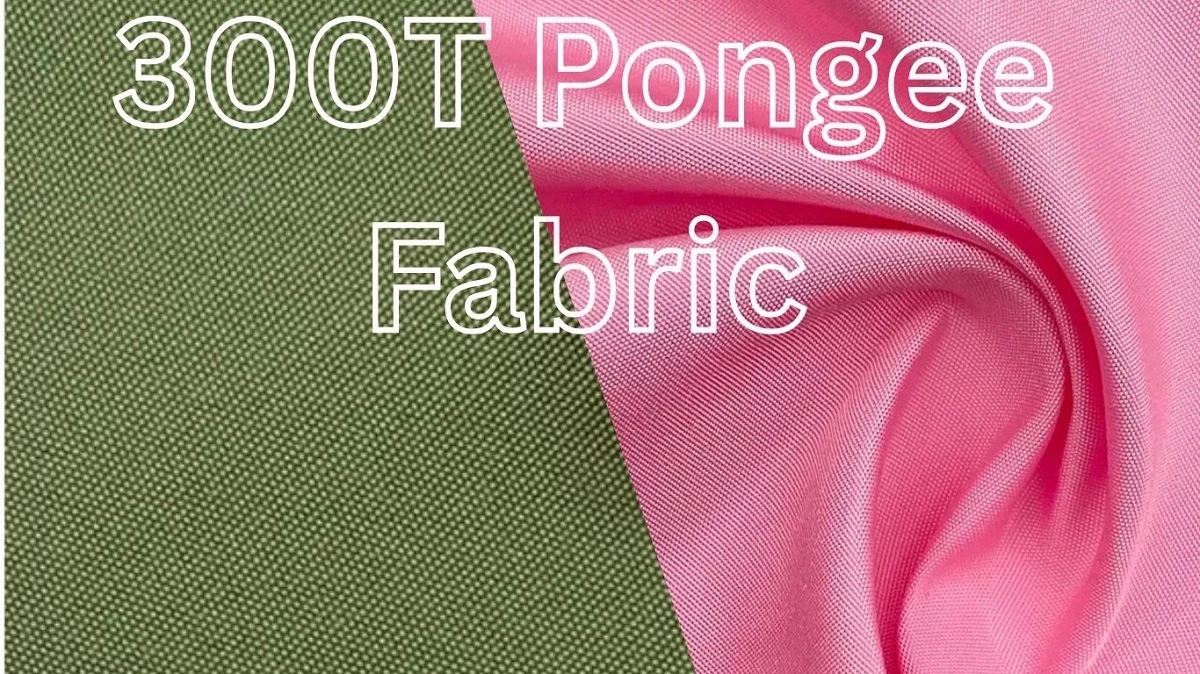
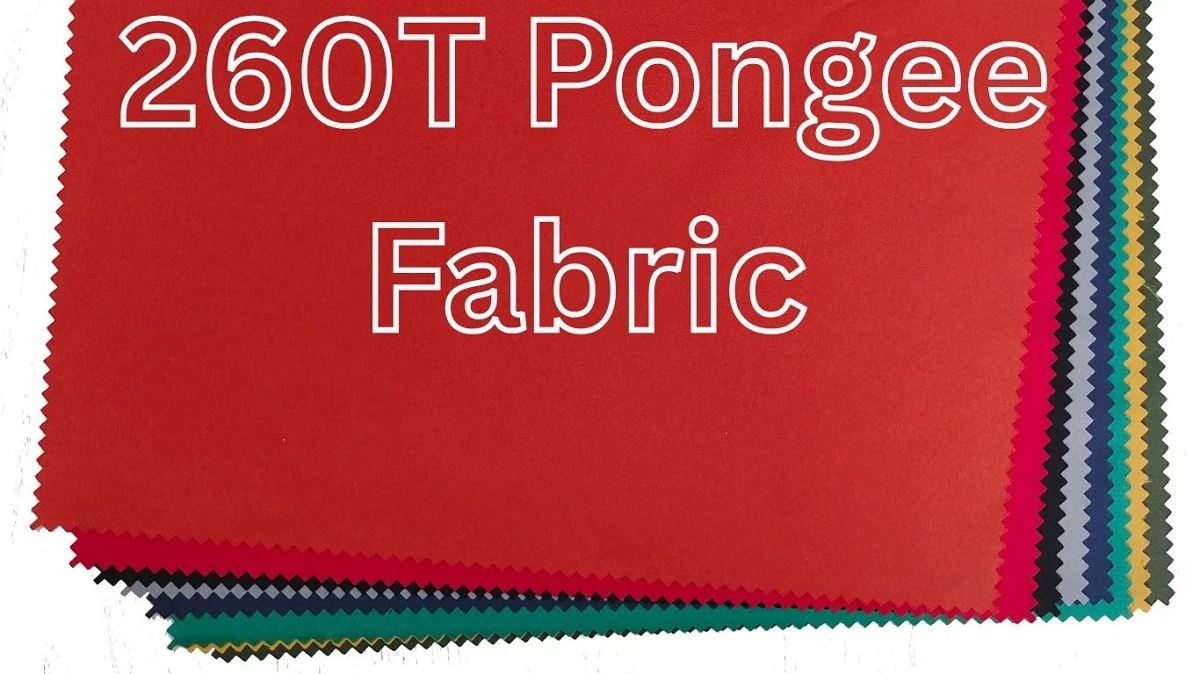
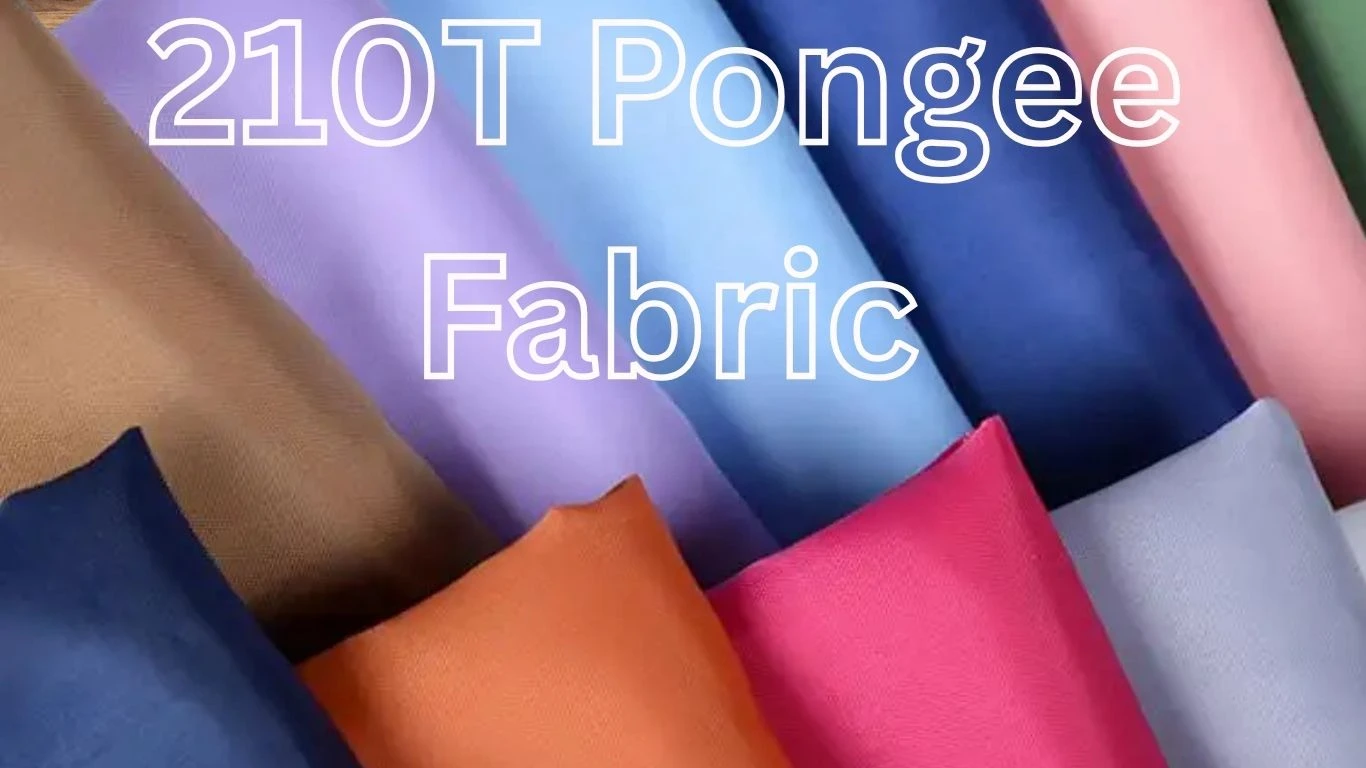
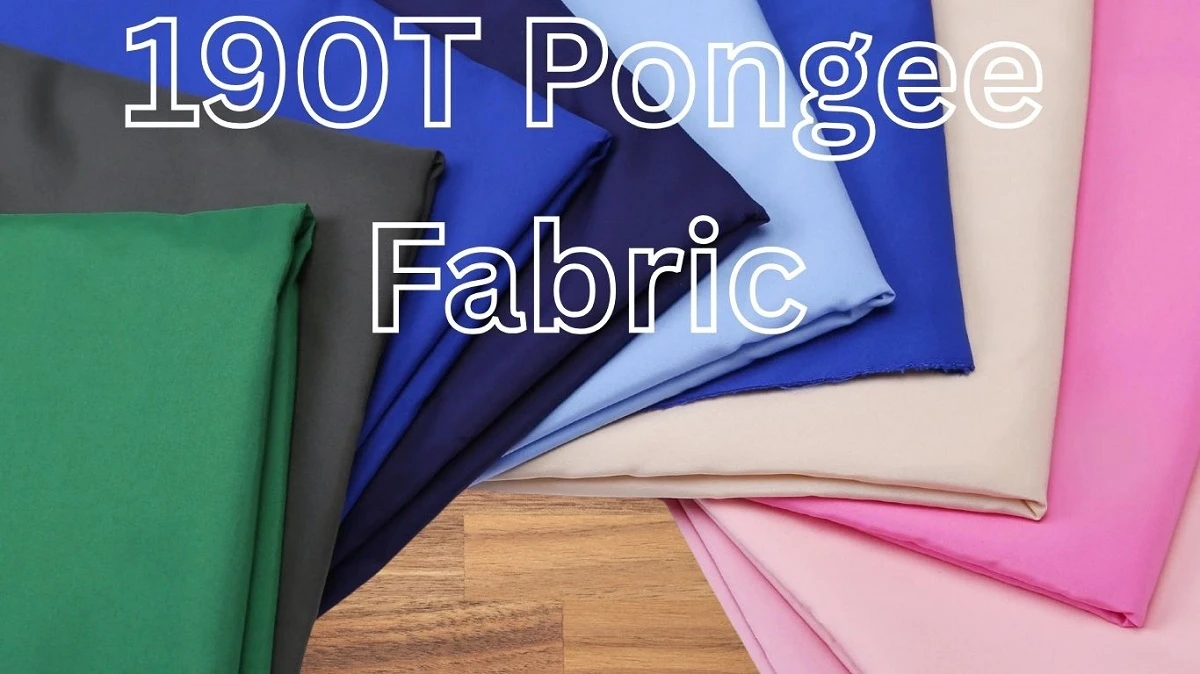
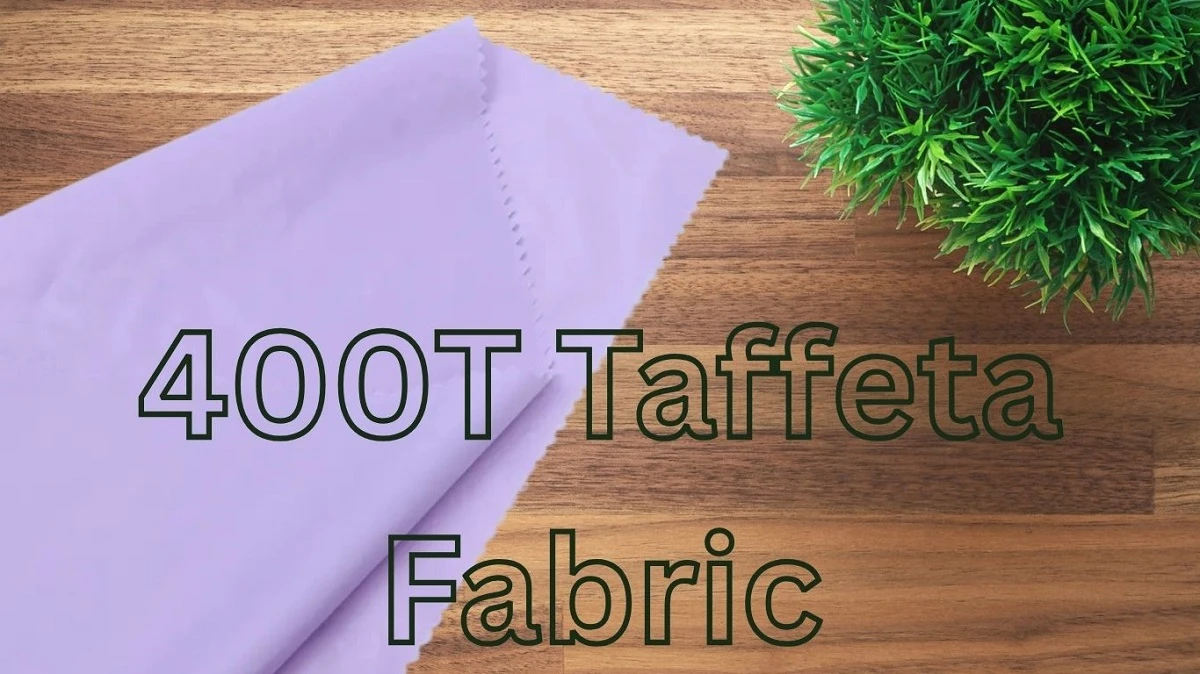
Comments - 00
Leave A Reply
Thanks for choosing to leave a comment.